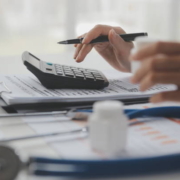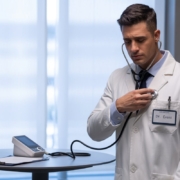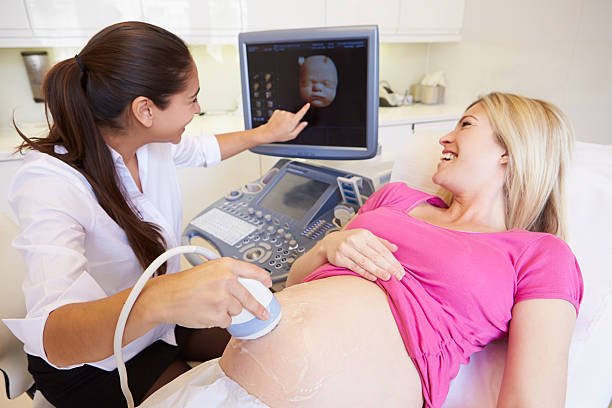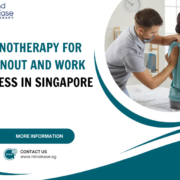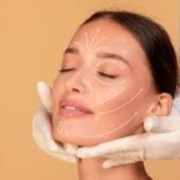Efficient Revenue Solutions for Obstetrics and Gynecology Practices
Running an OB/GYN practice isn’t just about providing exceptional care it’s also about ensuring that your revenue cycle runs like a well-oiled machine. Missed charges, coding errors, and insurance delays can cost thousands of dollars every year. That’s where specialized OBGYN medical billing services come in, helping you streamline processes, maximize reimbursements, and keep your practice financially healthy.
This guide breaks down the real strategies that work, the pitfalls to avoid, and how modern ob/gyn billing services can help you transform your cash flow without adding extra workload to your staff.
Why OB/GYN Practices Face Unique Revenue Challenges
Women’s healthcare billing is far from straightforward. The diversity of services — from prenatal check-ups to surgical gynecology makes the billing process complex. Add bundled maternity billing, strict compliance rules, and frequent coding updates, and you have a recipe for revenue leakage.
Common challenges include:
- Bundled maternity billing: Managing one global payment for multiple visits and delivery.
- Complex coding rules: Procedures often require modifiers and multiple diagnosis codes.
- Insurance verification delays: Patients’ maternity coverage can change mid-pregnancy.
- High claim denial rates: Especially for global billing errors and missing documentation.
- Compliance demands: HIPAA, ICD-10, and payer-specific guidelines.
A 2024 MGMA survey found that OB/GYN practices lose an average of 5–10% of revenue annually due to preventable billing mistakes. That’s a figure too big to ignore.
Understanding the Financial Landscape of OB/GYN Practices
OB/GYN providers operate in a unique reimbursement environment. While a family practice might bill for isolated visits, OB/GYNs often bill for extended care episodes.
| Service Type | Billing Challenge | Example |
| Prenatal & Postnatal Care | Bundled into global maternity codes | 59400 CPT (Routine obstetric care, vaginal delivery) |
| Surgical Gynecology | Complex modifier rules | Modifier 51 for multiple procedures |
| Preventive Women’s Health Exams | Coverage varies by payer | Pap smears, pelvic exams |
| High-Risk Pregnancy Management | Multiple billing points but strict documentation | CPT 76813 for nuchal translucency ultrasound |
Key takeaway: Without a system that captures every billable service and codes it correctly, you risk significant revenue loss.
Core Components of Efficient OB/GYN Revenue Cycle Management
Improving your revenue cycle starts with nailing the basics — but in OB/GYN, the basics are highly specialized.
Accurate ICD-10 and CPT Coding
In OB/GYN, coding errors are a major source of claim denials. This includes incorrect trimester specification in ICD-10 codes, missed procedure codes, or wrong global billing dates.
Best practices:
- Use specific trimester-based ICD-10 codes (e.g., O26.841 for 1st trimester).
- Document every service separately during global periods when allowed.
- Regularly train coders on OB/GYN-specific CPT updates.
Streamlined Claims Submission & Follow-Up
Speed matters. Submitting claims quickly and following up aggressively reduces days in accounts receivable (AR).
- Claim scrubbing software catches missing modifiers or incorrect dates before submission.
- Electronic submission speeds up processing compared to paper claims.
- Dedicated follow-up teams track unpaid claims and resubmit when needed.
Pro tip: Industry benchmarks suggest that clean claims should be reimbursed within 14–21 days.
Comprehensive Insurance Verification & Authorization
One of the biggest headaches in OB/GYN billing is last-minute claim denials due to coverage issues. Verifying insurance at every stage of care prevents disputes.
Verification checklist for OB/GYN practices:
- Confirm maternity coverage and effective dates.
- Check if global maternity care is covered or billed separately.
- Identify pre-authorization requirements for procedures like hysteroscopy or laparoscopic surgery.
Specialized Billing Solutions for OB/GYN Services
A cookie-cutter approach to billing doesn’t work here. Women’s healthcare requires customized workflows.
Obstetrics and Gynecology Billing Solutions
A tailored billing process ensures each service is coded and billed according to payer rules. For example, prenatal visits included in the global fee shouldn’t be billed separately unless exceptions apply.
Maternity Care Billing Services
Billing for maternity care often involves global packages that cover:
- Prenatal visits
- Delivery (vaginal or cesarean)
- Postpartum care
However, certain services like ultrasounds or complications requiring hospital admission — may be billed outside the package.
Gynecological Procedure Coding Services
Procedures like colposcopy, LEEP, and endometrial biopsy require precise coding and often multiple modifiers.
Example: A patient receives both a Pap smear and a colposcopy. Coding should reflect both services, ensuring reimbursement for each without triggering payer bundling errors.
Why Outsourcing OB/GYN Billing Works
Many practices find that outsourcing to a specialized outsourced OB/GYN billing company delivers better results than in-house billing teams.
Advantages:
- Access to certified coders trained in women’s health billing.
- Lower overhead compared to maintaining full-time billing staff.
- Higher clean-claim rates and faster reimbursements.
- 24/7 claim monitoring and follow-up.
Case example: A 4-provider OB/GYN group in Texas increased collections by 22% in six months after outsourcing billing, mainly due to fewer denied claims and better documentation.
Compliance & Data Security
Billing isn’t just about speed and accuracy — it’s about staying compliant.
- HIPAA compliance: Secure handling of patient records.
- Audit readiness: Proper documentation to support every claim.
- Payer-specific rules: Following guidelines for OB/GYN-specific codes and bundling.
Optimizing Patient Billing & Collections
Patient responsibility is a growing share of practice revenue, especially with high-deductible health plans.
Ways to improve patient collections:
- Offer multiple payment options (credit card, online portals, payment plans).
- Collect co-pays and deductibles upfront.
- Provide clear, easy-to-read statements.
Measuring and Improving Revenue Performance
Tracking performance isn’t optional — it’s the only way to spot leaks.
Key OB/GYN billing KPIs:
- Days in AR (target: under 30 days).
- First-pass claim acceptance rate (target: 95%+).
- Net collection rate (target: 97%+).
- Denial rate (target: under 5%).
Regular audits and analytics reveal missed billing opportunities, such as unbilled procedures or under-coded visits.
Conclusion – Building a Sustainable Revenue Model
Efficient billing isn’t just about getting paid it’s about creating financial stability so you can focus on patient care. By leveraging specialized obgyn medical billing services or working with an experienced ob/gyn billing services provider, you can reduce denials, speed up payments, and ultimately grow your practice.
Whether you choose to optimize your in-house team or outsource entirely, the key is to create a system that works for the complexities of women’s healthcare. With the right strategies in place, your practice won’t just survive it will thrive.

